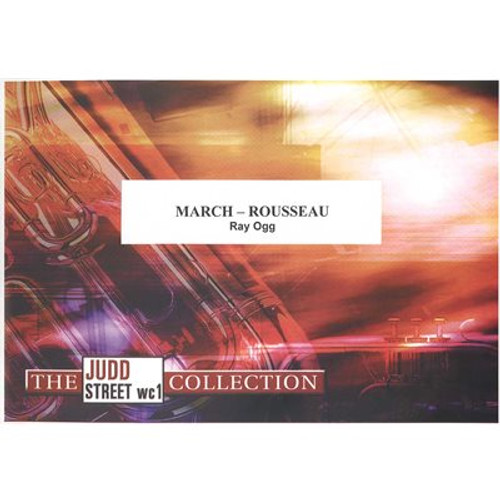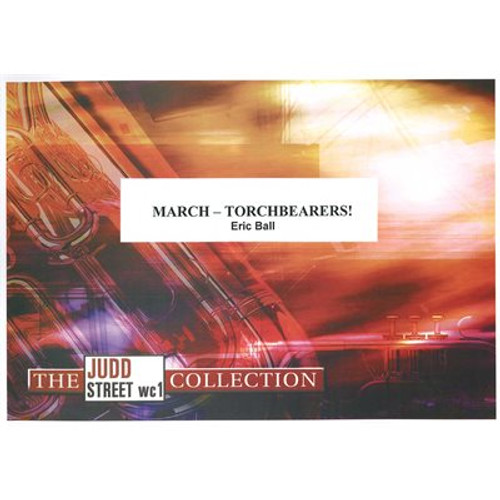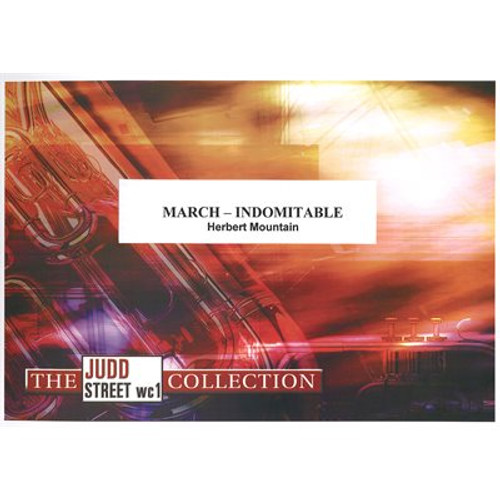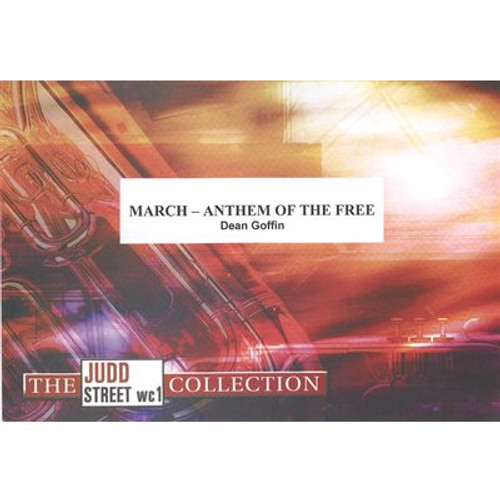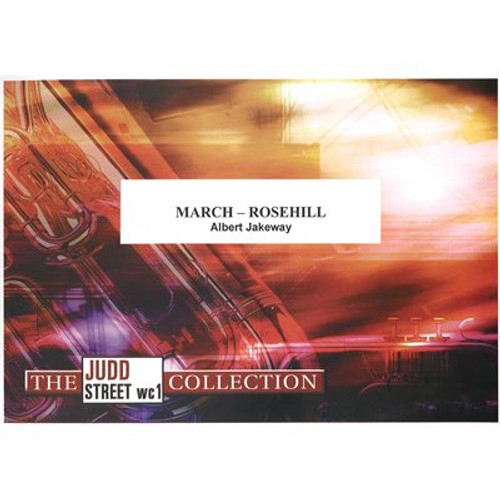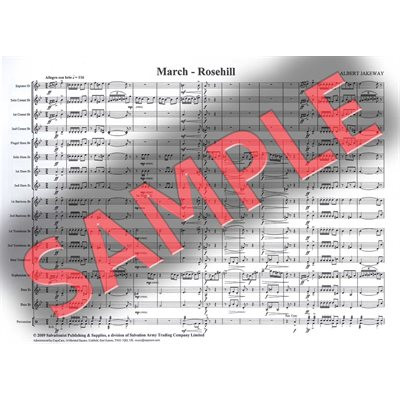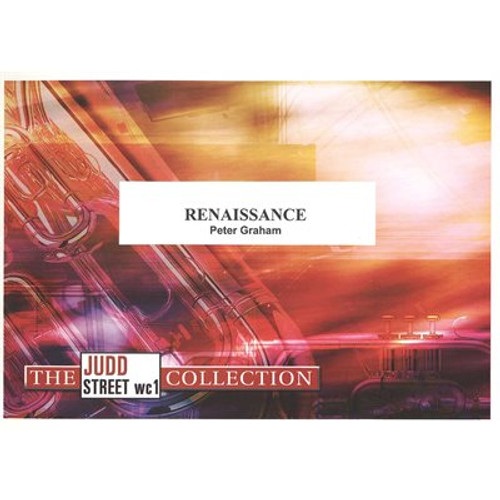Product Description
Comments by Eric Ball
This piece was the first contribution to The Salvation Army Band Journals by Ray Ogg, at one time solo trombonist and later bandmaster of the Chicago Staff Band. The full score shows originality of ideas, some of which ware discussed below.
Introduction ᄀᆰ The dynamic effect in bars 3 and 4 will not be easy for the whole band to produce unanimously, but they are well worth some intensive rehearsal. The ensuring unison phrases are also very effective and must be played with a well-defined rhythm.
Section A ᄀᆰ The main subject demands clear articulation, and some delicacy of touch. DO not overdo the swell in bars 15 and 16, and carefully grade the crescendo from bar 19, which, combined with the change of key, will prove quite a striking effect.
Section B ᄀᆰ The main theme here is rather wide in range and there may be some difficulty with intonation on the low Ds and C#s. The countermelody, too, has the same difficulty, but if well-played this will add characteristic strength to the music. The band will probably delight in bars 32 and 33, but the effect must be controlled so that it does not stand too far 'out of the picture'.
The Trio is prefaced by four interesting bars, exhibiting some marked dynamic contrasts. The balance between cornets, horns and baritones should be carefully adjusted; the cornets may be inclined to overweight.
Section C ᄀᆰ The treatment of Rousseau retains its hymn-tune idiom, yet the music is wisely kept moving. Some interesting harmonic effects are to be heard, all of which will tell effectively, if the matter of just balance is attended to. There must be no straining or forcing the tone.
Section D ᄀᆰ This episode makes some technical demands upon many of the players, not the least of which is the high-range semiquaver passage work. There is plenty of dynamic contrast, too, and the whole section calls for well-rehearsed, rhythmic playing.
Section E ᄀᆰ The chief thing to do here is to get the main tune to come through the interesting web of melodic and rhythmic effects. This means that absolute clarity of note-production is essential, coupled with restraint in the interpretation of the forte indication. The middle section is notable for the two-part staccato work for some instruments, which, particularly in the lower register, must be played without any semblance of clumsiness if it is to be clearly defined. The two final bars of this section call for a rich, well-balanced fortissimo.
(view series guide)
Produced by The Salvation Army, SP&S, UK

